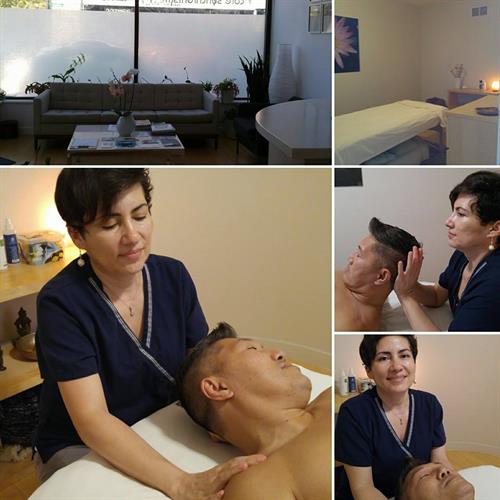 Are you taking a daily dose of meds but that nagging pain keeps coming back? This may be related to muscular imbalances; either from physical, chemical, injuries that never healed properly or even mental stressors (The law of facilitation). But there is hope, If dysfunctions are caught early enough, the muscular imbalances which cause them can be corrected.
Are you taking a daily dose of meds but that nagging pain keeps coming back? This may be related to muscular imbalances; either from physical, chemical, injuries that never healed properly or even mental stressors (The law of facilitation). But there is hope, If dysfunctions are caught early enough, the muscular imbalances which cause them can be corrected.
Neuromuscular Therapy (NMT) can be your first line of defense in relieving pain is to restore structural balance in the body.
Your sessions consists of evidence informed approaches to musculoskeletal rehabilitation, in which treatment offers methods of removing obstacles to self-healing, while enhancing function.
The 3 hallmarks of Neuromuscular are:
Skilled assessments: identifying the source of the pain.
Precise treatment: sessions based on your specific needs. Include Proprioceptive Neuromuscular Facilitation Stretching, Muscle Energy Techniques, Neurokinetic Therapy™, and NMT Protocals etc…
Results: using benchmarks and measurements which enable you to see the progress in a short time.
In the hands of a qualified therapist NMT may eliminate acute or chronic muscular pain.
Migraines, frozen shoulder, carpal tunnel, ITB syndrome, fibromyalgia, TMJ, reduce scar tissue, improve your range of motion and recover from Injury. Taking the strain off vulnerable tissues is the foundation of recovery.
What are the limitations of Neuromuscular Therapy?
Limitations of neuromuscular therapy may include the inability to accurately detect and/or resolve perpetuating factors outside the scope of the soft tissue system. Perpetuating factors, while not the cause of a particular condition, may prevent its resolution.
These factors may involve:
- skeletal asymmetries (such as differences in anatomical leg length, which we do screen for but cannot confirm without consultation from a medical doctor or chiropractor)
- ineffective mental and emotional habits
- hormonal factors
- nutritional factors – A weight management and nutrition program
- unidentified disease
- lifestyle issues such as use of neural system stimulants (caffeine, tobacco) or depressants (alcohol), including prescribed medications
- and ineffective movement habits such as holding a telephone on one ear, slouching, or re-positioning the head to aid vision (for example when wearing bifocals)
- When it appears that these factors are slowing down the therapeutic process
[schedule_now]
